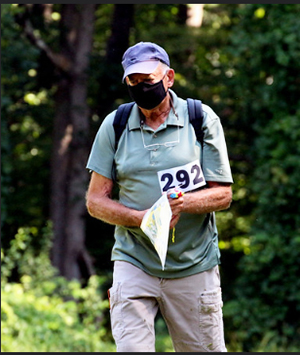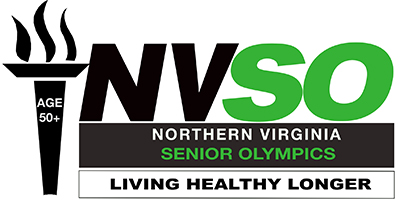
When
Sunday, September 22, 2024 at 10:30am
Both Beginner and Advanced start at 10:30am.
Where
Lake Fairfax Park
1400 Lake Fairfax Dr
Reston, VA 20190
Event Directors
Keg Good and Sid Sachs
Contact Keg by email OR Sid by email.
Volunteers
See our volunteers page for details.
Results and Records
Results and Records of the NVSO 2023 Orienteering Events:
Photographs
There are no Photographs from the NVSO 2023 Orienteering Events.
Rules
General Rules
Please go here for rules covering all NVSO events.
Orienteering
For the NVSO's rules regarding Orienteering, go to the Index of the General Rules to find the specific page referenced.
